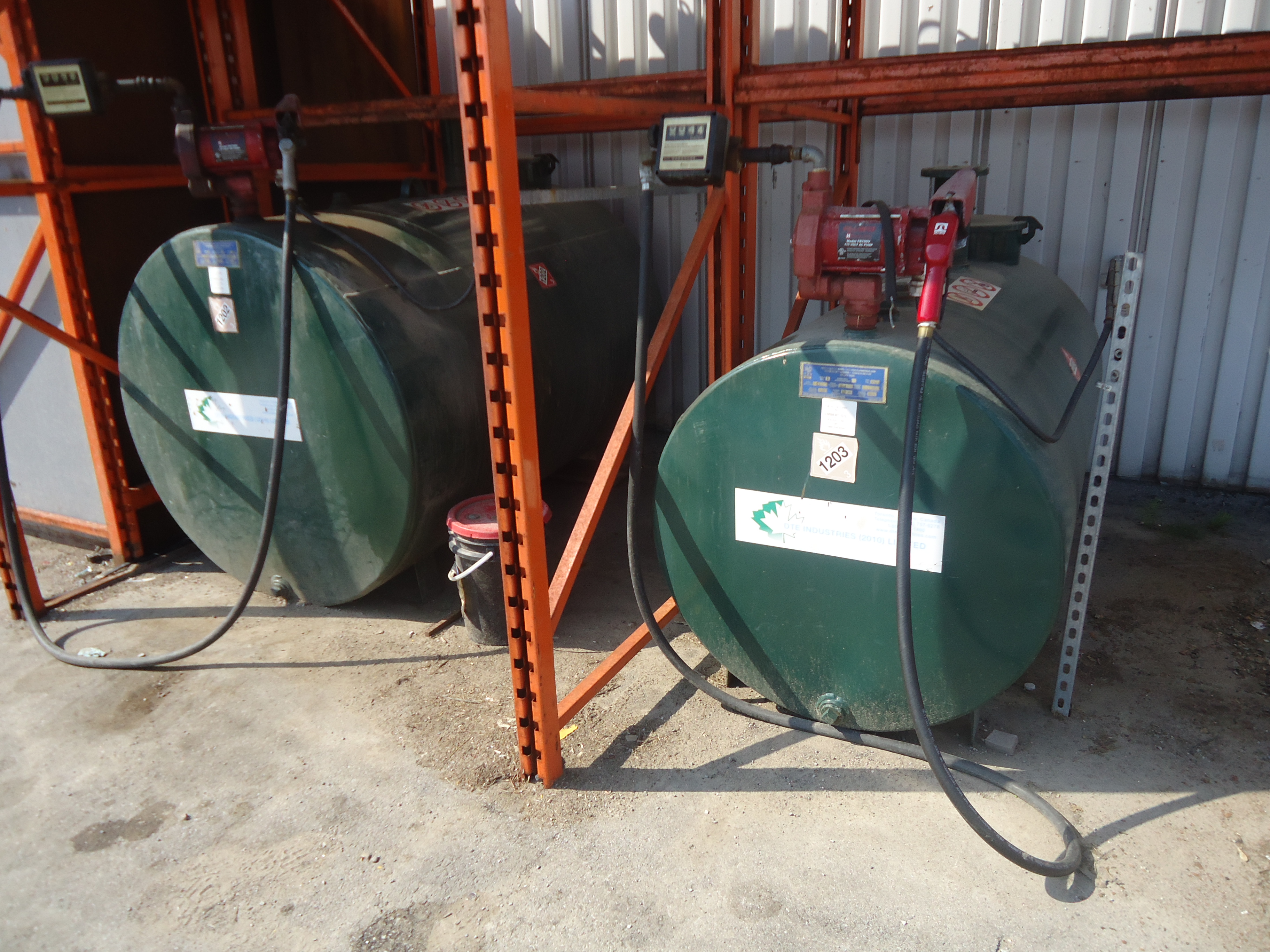Why do Phase One?
To be able to identify environmental concerns, due diligence for purchase or sale of properties, and re-financing.
Phase One ESA’s Include:
- Understanding Clients Requirements and Time Frames
- Document Review
- Fire Insurance Plans
- Previous Occupancy Records
- Aerial Photographs
- Topographical and Hydrogeological Characteristics
- Federal, Provincial and Municipal Databases
- Site Reconnaissance
- On Site Investigation – Site features, designated substances, environmental concerns such as underground storage tanks (USTs), above ground storage tanks (ASTs), spills, current and past uses
- Adjacent and Surrounding Properties Reconnaissance
- Interviews – Current/Past Owners, Government Personnel
- Detailed report with findings
- Includes description of Potentially Contaminating Activities, Areas of Potential Concern
- Environmental Concern
Standards, Regulations & Protocols
The Phase One ESA’s are completed to the clients need, either to:
- CSA Standard Z768-01, reaffirmed 2012
- Ontario Regulation 153/04, as amended
- Records of Site Condition – Ontario Regulations 153/04, as amended
All Phase One ESAs are conducted under the supervision of a Qualified Person (QP).

TIme Frame
At Toronto Inspection Ltd., we understand the needs and time frames of our clients and strive to meet their strict schedules. We have completed several projects for due diligence and re-financing within 8 working days or less and can provide rush services at a premium, subject to site circumstances.
Questions? Feel free to get in touch with us so we can better assist you with your project.
Why do Phase Two?
- Delineate environmental concerns identified through a Phase One ESA
- Supplementary investigation to a previous subsoil and groundwater investigation
- Adequately characterize the horizontal and vertical extents of impacts in soils and groundwater

Phase Two ESA’s Include:
- Document Review – Review previous documentation and investigation(s)
- Soil and Groundwater Sampling & Analysis Plan (SGSAP) – Prepare SGSAP to determine the scope of investigation
- Provide a Proposal – Understand the project requirement and provide an economical option
- Clear site services – public and private utilities such as gas, hydro, water,
- On-Site Drilling – Obtain soil samples for analytic testing and install groundwater monitoring wells, followed by groundwater sampling rounds.
- Laboratory Analytic Testing – Analytic testing of soil and groundwater based on the SGSAP. Typical parameter groups can include Metals & Inorganics, Polycyclic Aromatic Hydrocarbons, Volatile Organic Compounds, and Petroleum Hydrocarbons.
- Report – Prepare a detailed report with the findings.
Appropriate industry standard Quality Assurance and Quality Control (QA/QC) procedures are implemented during all project execution phases. Based on the findings, a Phase Two may lead to a supplementary investigation and/or remedial action plan.
Standards, Regulations & Protocols
The Phase Two ESAs are completed according to:
- CSA Standard Z769-00, reaffirmed 2013
- Ontario Regulation 153/04, as amended
- Records of Site Condition – Ontario Regulations 153/04, as amended
- Guidance on Sampling and Analytical Methods for Use at Contaminated Sites in Ontario, December, 1996, Ontario Ministry of Environment and Energy Standards Development Branch
- Protocol for Analytical Methods Used in the Assessment of Properties under Part XV.1 of the Environmental Protection Act, Laboratory Services Branch Ministry of the Environment March 9, 2004, amended as of July 1, 2011
All Phase Two ESAs are conducted under the supervision of a Qualified Person (QP).
Time Frame
The drilling program takes one day to a week to complete, depending on the number of boreholes and scope of investigation. Generally, clearing of underground services takes about 7 to 10 business days, since these are conducted by third party companies who are communicated through Ontario One Call.
Phase Three Remediation
A Phase Two ESA may identify impacts in soil and/or groundwater. The impacted soil and/or groundwater can be remediated before the proposed property is used for its designated land use – i.e. agricultural, residential, commercial or industrial.
Options for remediation include:
- Removal and Disposal – soils are excavated and removed from the site and taken to an approved landfill, i.e. dig and haul
- In-Situ Remediation – treatment of the soil and groundwater in place via injections of chemical oxidants or reductants, surfactants and/or bio-remedial cultures, soil vapour extraction, pump and treat and air sparging. These treatments are carried out in order to breakdown identified contaminants within site boundaries down to the applicable site condition standards
Prior to choosing the appropriate technology, additional investigation or supplemental site assessment work for the purposes of delineating the identified impacts and their concentrations is carried out. Furthermore, site characterization i.e. understanding soil type, water table, infrastructure, bedrock depth, soil oxidant demand, soil and groundwater acidity/alkalinity, etc. of a site will be conducted in order to assess and identify the most viable and economical remedial action plan after evaluating available options.
Upon finalization of the remedial action plan (RAP), contractors are hired to implement the RAP. Toronto Inspection Ltd. supervises, monitors and documents remedial activities. Furthermore we work with several reputable firms that provide cost efficient and timely remediation services. In addition Toronto Inspection Ltd. possesses its own Certificate of Approval issued by the Ministry of the Environment and Climate Change to conduct In-Situ Chemical Oxidation remediation.
UST Removal
Underground storage tanks or USTs used for fuel storage and dispensing activities may require upgrades, repair or decommissioning (UST closure). The Technical Standards and Safety Authority (TSSA) requires that a UST no longer in use be removed from the subsurface. In many instances USTs may have leaked releasing chemical compounds into the environment contaminating soil and groundwater. Furthermore, during UST removal there is a potential that a spillage of remnant fuel may create environmental impacts. In Ontario the TSSA requires that a UST be properly decommissioned once it is no longer in use for fuel dispensing activities. This process should be conducted in accordance with the “Environmental Management Protocol for Fuel Handling Sites in Ontario”, issued by the TSSA in August 2012. In accordance with this protocol appropriate sampling must be conducted prior to a UST closure being considered complete. This sampling may include field soil screening, soil and groundwater sampling for laboratory analysis.
Toronto Inspection Ltd. provides supervision and monitoring during the removal of underground storage tanks. Adequate sampling is conducted to ensure coverage of the excavated area to determine possible soil and groundwater impacts from the UST contents. Further, if environmental impacts are detected, our experienced staff offers technical support in preparing and implementing site restoration, soil and groundwater remediation and monitoring in order to conduct a UST closure in accordance with the regulations.

Peer Review

A peer review is an evaluation of work conducted by an individual or organization of a similar level of competence and with comparable experience, skills and qualifications. Many organizations require this process in order to ensure quality control and and the integrity of the service they receive. In the case of environmental assessments, compliance and remediation, this becomes even more important in order to protect the environment and minimize risks to human population. Furthermore, when it comes to environmental peer review, an organization is also reducing their environmental risks by ensuring their service providers in this field are completing their services in accordance with industry standards.
Toronto Inspection Ltd. provides peer review service on reports by other consultants to ensure appropriate protocols and regulations were adhered to and the overall objectives of the environmental assessment achieved. Financial lending institutions, real estate divisions of major corporations and law firms have requested and procured our services for peer reviews.
Waste Audits
A waste audit is an assessment of amounts of waste generated by normal activities at a location, facility or within an institution. In accordance with Ontario regulation O.Reg. 102/94 industrial commercial and institutional organizations are required to conduct a waste audit within six months of being required to do so under this regulation. Furthermore, these organizations are required to update the waste audit yearly and including a written report. A waste audit will not only assess the amounts of waste being generated but also identify the processes generating the waste. In many instances this audit is used to assess and implement waste reduction plans as required by the regulation which in turn may also allow for cost reduction.
Examples of organizations that require a waste audit are restaurants with gross annual sales in excess of $3,000,000 (three million dollars), hospitals, colleges and universities where more than 350 students are enrolled, office or retails buildings greater than 10,000 m2 in floor area, hotels and motels with more than 75 units and large manufacturing establishments.
Toronto Inspection Ltd.’s professional staff has conducted waste audits for residential, property management, real estate, retail commercial and construction/demolition organizations.
